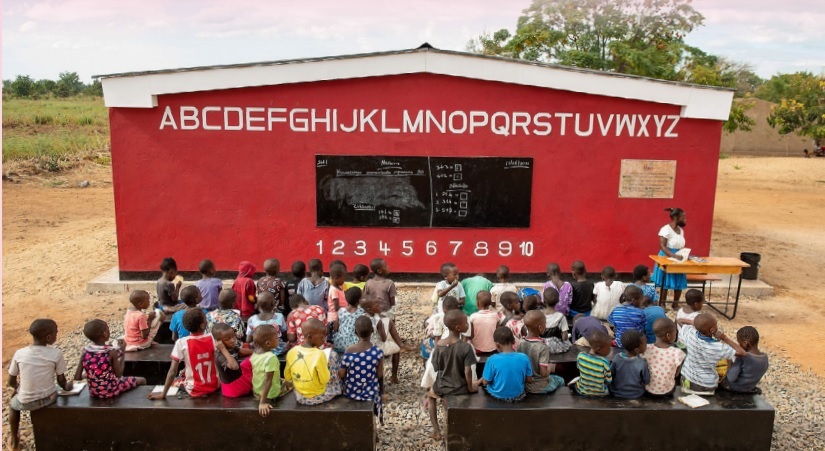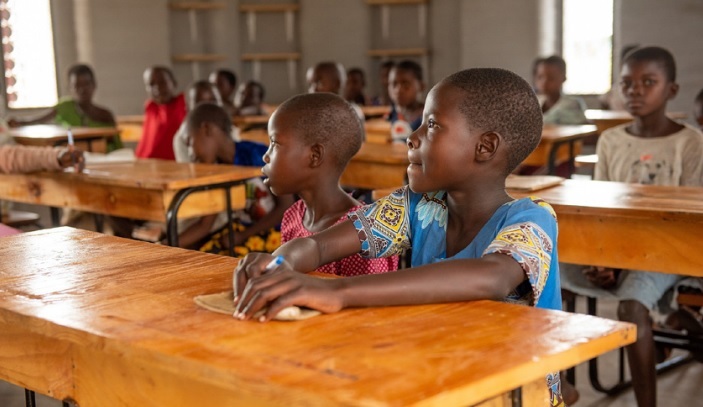World’s first 3D-printed school makes education accessible in Malawi village

In African countries, children living in remote villages do not have easy access to education due to the far distance to schools. Even the nearest school may mean hours of walking.
Fortunately for the children in the remote Mcheza village in central Malawi, they now need not expend their energy on that time-consuming trudge as a school has been built in their village.
And it is not just any school from wood or bricks, but the first 3D-printed school constructed by 14Trees, a joint venture between LafargeHolcim and CDC Group, which is focused on building affordable houses, schools and social infrastructures in Africa.
The construction of the one-classroom school with a built-up of 56 sq m, which could fit up to 50 children, was built using the 3D printing technology by COBOD International A/S.
The whole construction process took around 18 hours beginning on Nov 25, 2020, and the villagers were amazed by a new school erected overnight on the vacant plot in their village. The school was handed over and officially opened to the community on June 18, 2021.
This project serves as a milestone in addressing the shortage of education infrastructures in African countries, where, according to UNICEF, in Malawi alone, there is a shortage of 40,000 classrooms in accommodating Malawian children, reported Newsweek.

That inaccessibility to education has repercussions on children’s attendance, which ultimately contributes to the number of student dropouts.
On that note, Primary Education Advisor Juliana Kuphanga Chikandila, who was representing the Director of Education, Youth, and Sports in Malawi during the handover, commented: “I am very impressed by the new building – its durability and design provide the space and facilities that students have not had before. This school will attract more students, and those learners that have left will return to education”.
Meanwhile, according to a report by Zenger, 14Trees managing director François Perrot said that relying on conventional methods will not be able to address this particular education crisis as it will take 70 years, in contrast to 3D printing, which will take around 10 years to solve the backlog.
“To remove that backlog faster, we need to constructively disrupt the way we build and apply a cutting-edge approach that can bring speed, efficiency, and environmental performance at scale. This is what 3D printing technology achieves,” Perrot says.
This story first appeared in the EdgeProp.my E-weekly on July 30, 2021. You can access back issues here.
Get the latest news @ www.EdgeProp.my
Subscribe to our Telegram channel for the latest stories and updates
Never miss out
Sign up to get breaking news, unique insights, event invites and more from EdgeProp.
Latest publications
Malaysia's Most
Loved Property App
The only property app you need. More than 200,000 sale/rent listings and daily property news.
